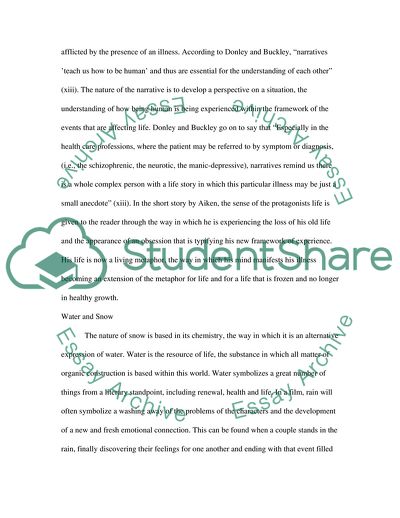Cite this document
(Silent Snow, Secret Snow: A Narrative on Mental Illness Coursework, n.d.)
Silent Snow, Secret Snow: A Narrative on Mental Illness Coursework. https://studentshare.org/literature/1754379-silent-snow-secret-snow
Silent Snow, Secret Snow: A Narrative on Mental Illness Coursework. https://studentshare.org/literature/1754379-silent-snow-secret-snow
(Silent Snow, Secret Snow: A Narrative on Mental Illness Coursework)
Silent Snow, Secret Snow: A Narrative on Mental Illness Coursework. https://studentshare.org/literature/1754379-silent-snow-secret-snow.
Silent Snow, Secret Snow: A Narrative on Mental Illness Coursework. https://studentshare.org/literature/1754379-silent-snow-secret-snow.
“Silent Snow, Secret Snow: A Narrative on Mental Illness Coursework”. https://studentshare.org/literature/1754379-silent-snow-secret-snow.


